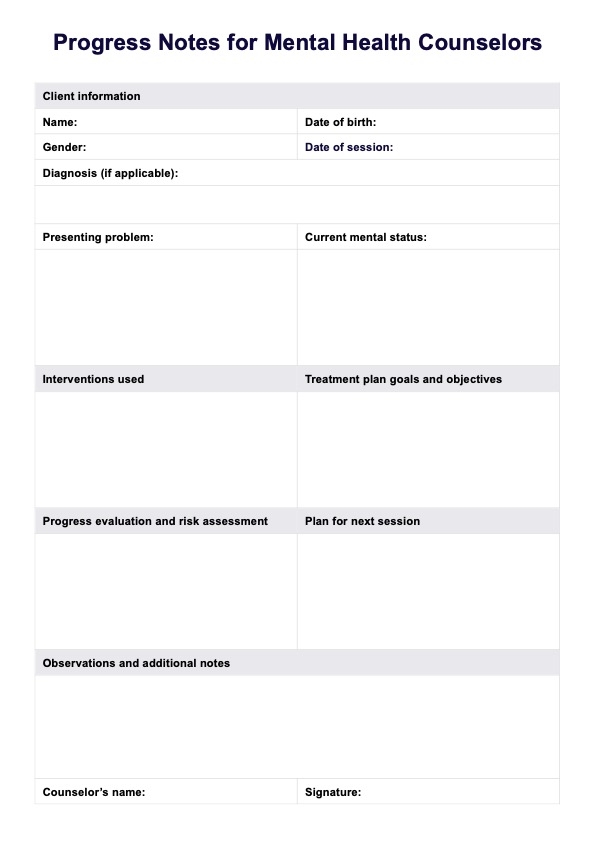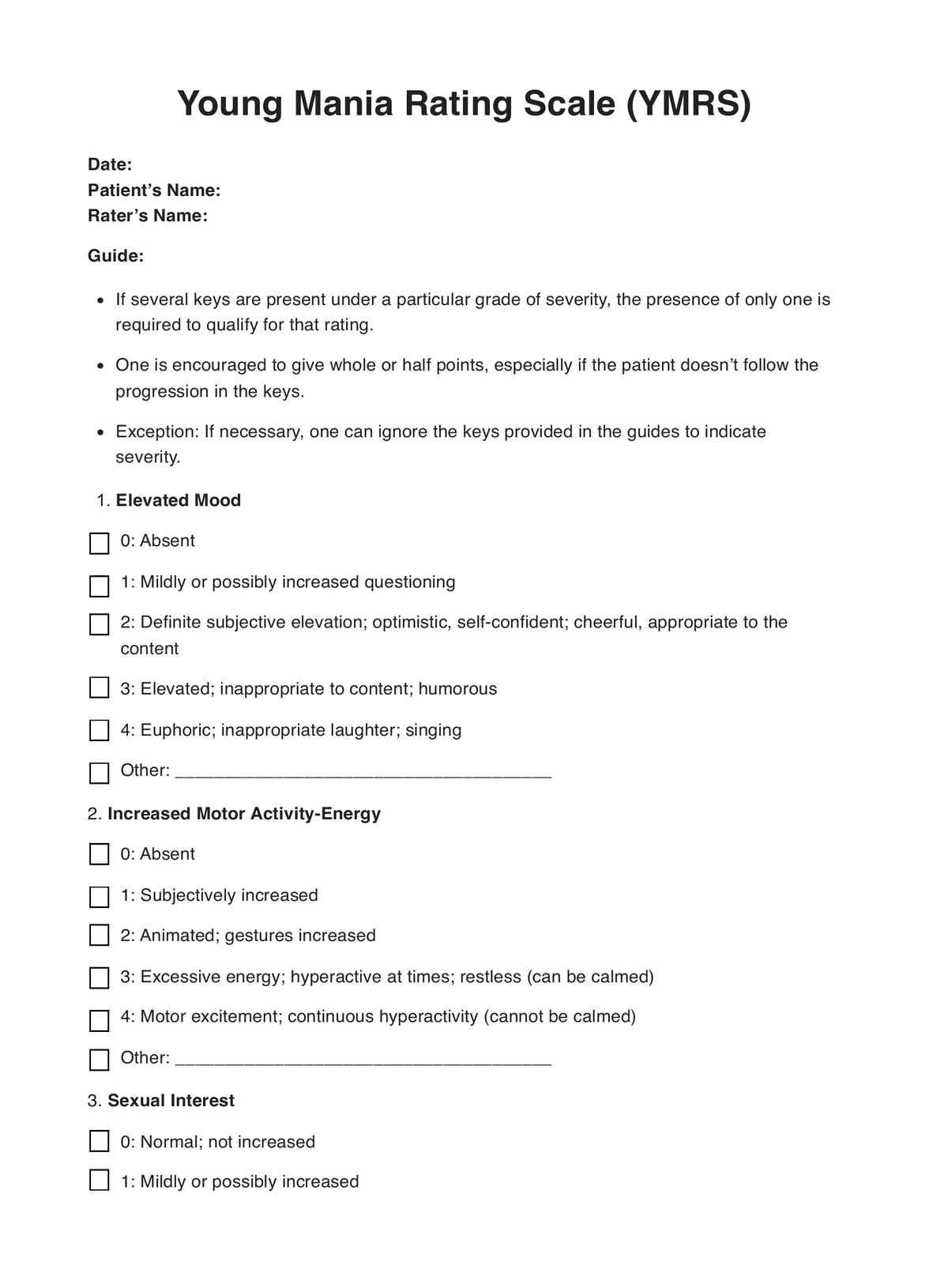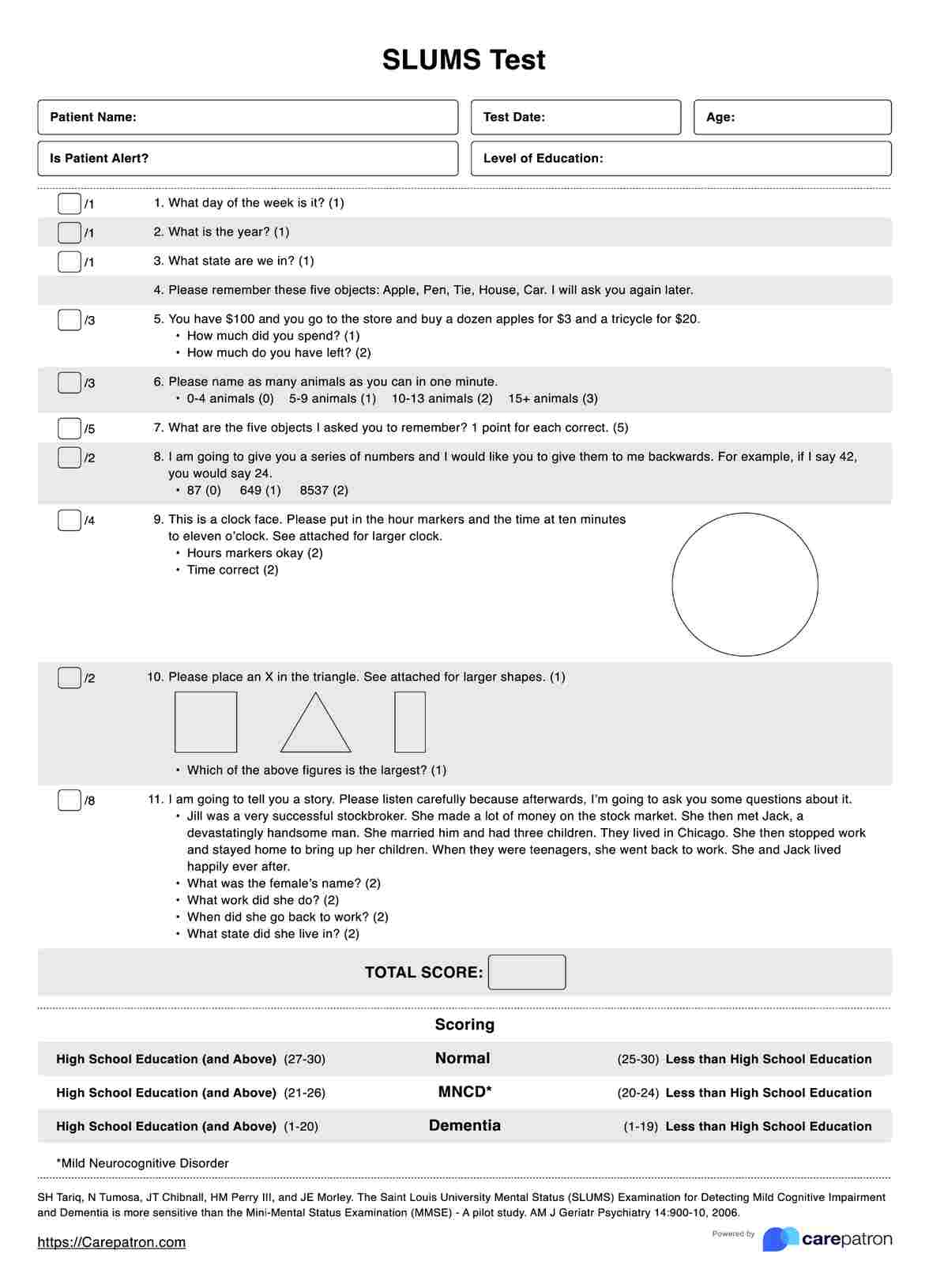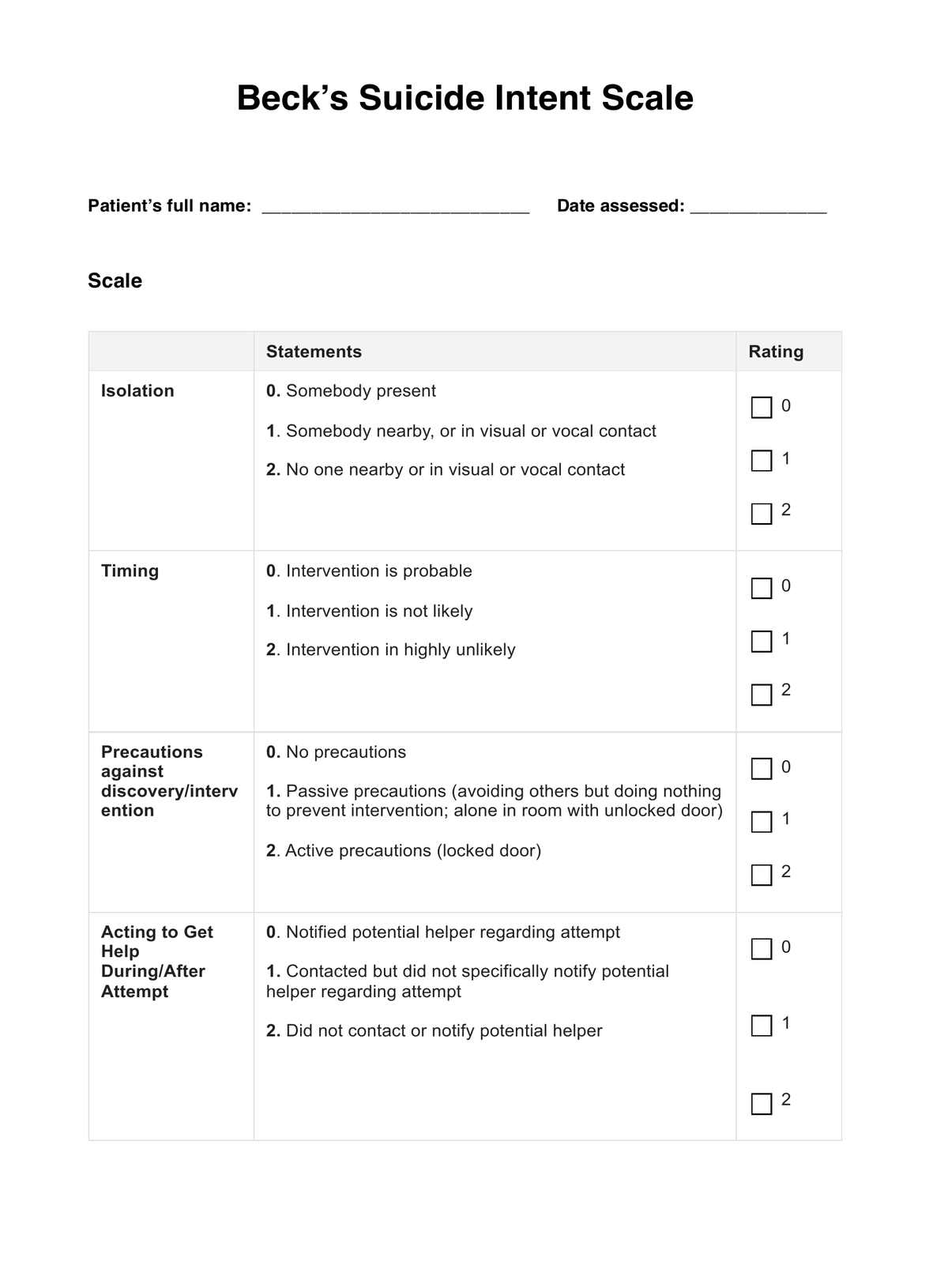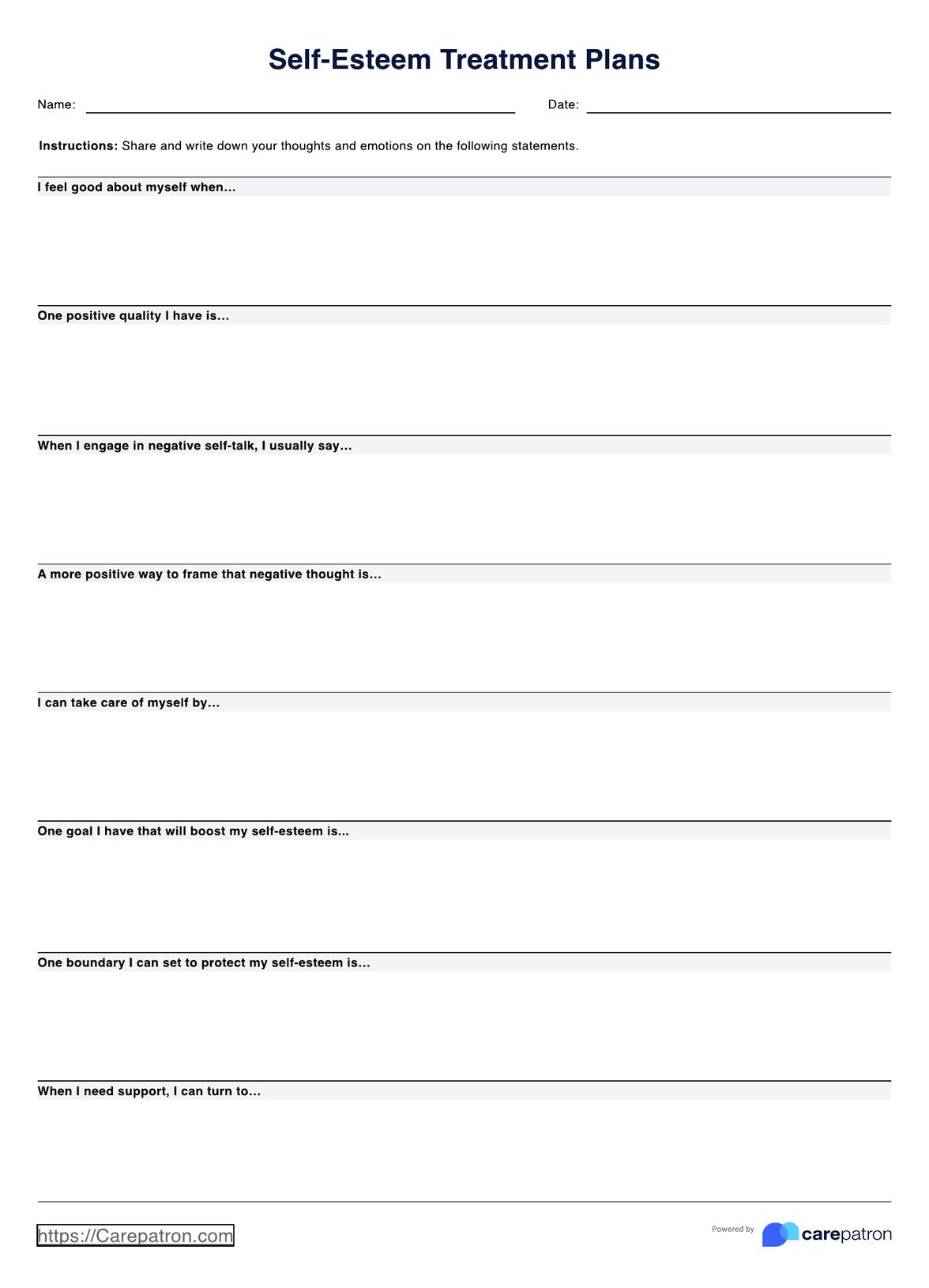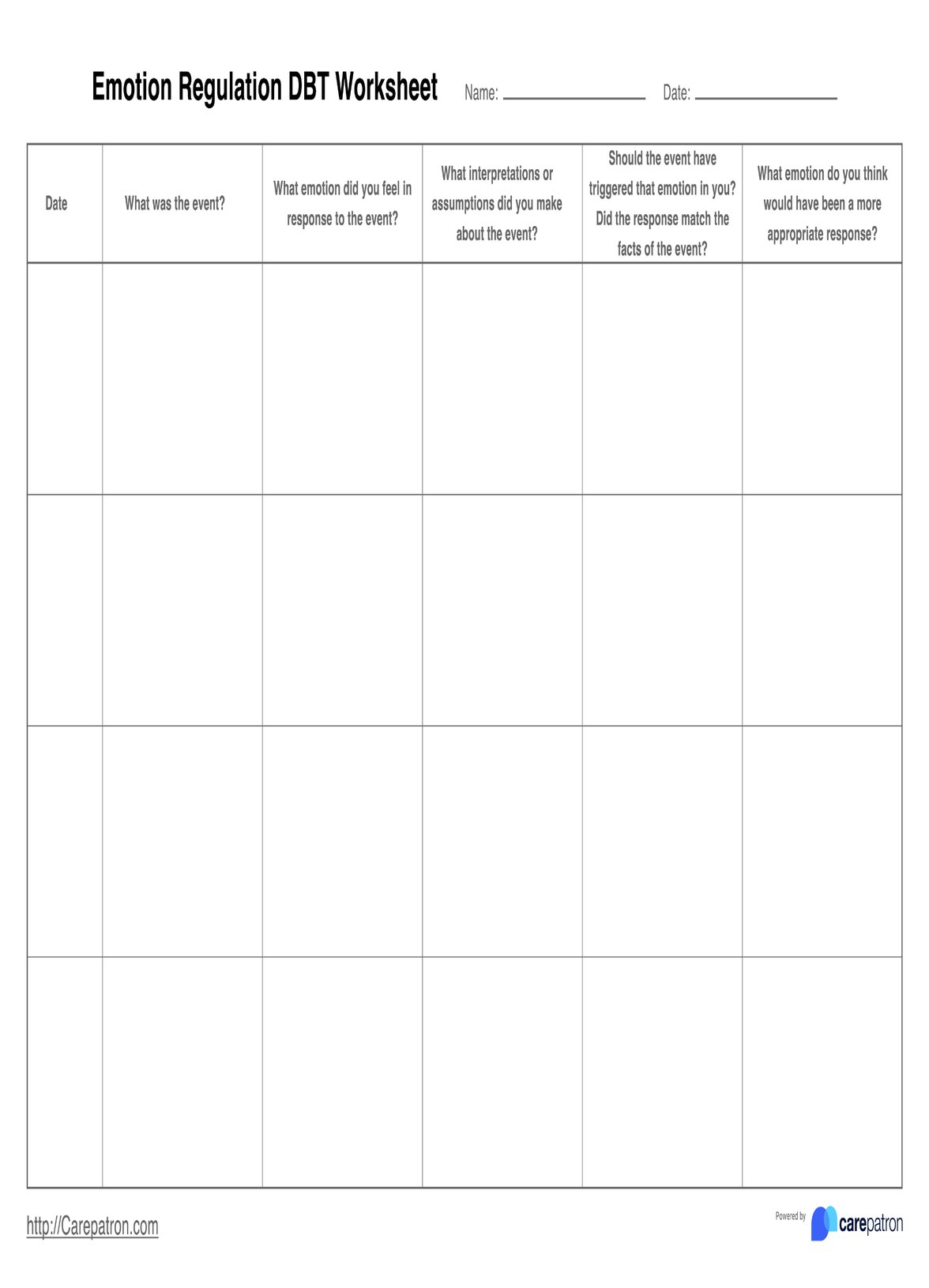Speech Sound Development Chart
Use our Speech Sound Development Chart template for tracking speech sound development in children and identifying language acquisition delays.


What is speech sound development?
Speech sound development is the process by which children learn to recognize and articulate the phonemes, or speech sounds, that constitute language. This foundational aspect of speech development is crucial for effective communication and literacy.
Speech development in children is comprised of a series of distinct and predictable stages, or milestones, that are achieved throughout childhood. This progression occurs with gradual acquisition of speech sounds, honed and refined through continuous practice and rich interaction with caregivers and the surrounding environment as the infant ages.
Although the stages of speech development are not discrete, foundational skills that facilitate the next stage are acquired in each:
- Early vocalizations: Cooing and babbling, where infants learn the basics of vocal production.
- Expansion of sounds: Infants experiment with a wider range of sounds and begin to understand the basics of verbal communication, imitating or following sounds made to them by parents.
- Word formation: Toddlers start to form simple words and short sentences, using their growing vocabulary to express needs, desires, and observations.
- Speech sound refinement: Children refine their speech sounds during preschool, improving clarity and intelligibility. This stage is crucial for developing the ability to be understood by others and for mastering the sounds of their native language.
- Complex language use: With the foundations of speech firmly established, children begin to use more complex sentences, engaging in conversations that involve more sophisticated language structures.
Mastery of consonant and vowel sounds plays a pivotal role throughout these stages, significantly influencing a child's ability to engage in meaningful verbal communication. Language acquisition is a critical aspect of overall child development, influencing academic success, social interactions, and self-esteem.
Speech Sound Development Chart Template
Speech Sound Development Chart Example
How to use our Speech Sound Development Chart template
This template offers a comprehensive overview of typical milestones in children's consonant acquisition. It aids in identifying speech sound disorders or delays and planning targeted speech therapy interventions. Here's how to use it:
Step 1: Access the template
Begin by opening the Speech Sound Development Chart template by clicking the "Use template" button on this page, which opens it in the Carepatron app. You can tweak the template there to tailor it to your needs. If you want to use the template as is, you can directly download it without opening the app by clicking "Download."
Step 2: Input patient information
Input the child's patient information at the top of the chart. Review the instructions and the benchmarks provided to understand how the resource works.
Step 3: Identify developmental patterns
Interview the child's parents and any key educational or playgroup staff to determine the ages the child achieved past skills. Note these ages in the relevant sections on the template to ensure specific tracking of skill acquisition (e.g. at what age did the child begin to produce cooing sounds? When could they speak with voiced consonants?)
Note any specific areas in which the child's development has deviated from typical patterns of speech sound progression.
Step 4: Analyze the data
Use the completed chart to identify any potential speech and language disorders. In the assessment, be specific about at what point the delay likely occurred in order to determine the root cause. This will help to differentiate potential diagnoses (e.g. is a child mostly nonverbal because they do not understand what is said to them, because they choose not to respond, or because they physically cannot?)
Step 5: Plan targeted interventions
Utilize the insights from the chart to design and implement speech therapy interventions tailored to address specific areas of need, ensuring a targeted approach to enhancing speech development.
Benefits of using this chart
A speech sound development chart is a visual tool that outlines the typical age ranges at which most children master specific consonant sounds. This chart serves as a reference for professionals such as speech therapists to assess a child's developmental progress. Here's some of the key benefits:
Optimized speech clarity evaluation
This chart facilitates easy comparison of a child's articulation ability with established norms. In offering a systematic approach to assessing speech intelligibility, this resource enables professionals to pinpoint specific areas of strength and those requiring attention. The clarity of children's articulate sounds is a fundamental indicator of their speech development progress.
Customized intervention planning
This chart aids in distinguishing specific difficulties, which can help narrow down the root cause. This targeted approach ensures that interventions align precisely with the child's developmental stage and specific linguistic needs, fostering a more effective and efficient path to speech proficiency.
Proactive speech disorder identification
Early detection of speech sound disorders is critical for successful intervention. This chart is a proactive tool for identifying potential speech development issues before they become entrenched. Facilitating early recognition paves the way for timely and often more manageable corrective measures, setting the stage for smoother speech development progress.
Underlying causes of speech sound development delays
This Speech Sound Development Chart has been formulated to streamline the process of collecting and analyzing key diagnostic data for identifying speech-language pathology. Here are just some of the many underlying causes of developmental delays this chart can help detect:
- Autism: Autistic children often present as socially disinterested, which can result in selective mutism or prevent them for receiving the environment stimulation (e.g. conversation) necessary for learning language.
- Hearing issues and deafness: Hearing research has shown that untreated hearing difficulties or ear infections can prevent a child from receiving the environmental feedback needed to acquire speech sounds.
- Articulation disorders: A child may find it physically difficult to control parts of their speech apparatus, tongue, and mouth (e.g. stuttering and lisping). Trouble making sounds due to physical impediments can be correctable.
- Phonological disorders: Children make rule-based errors as they acquire language (for example, velar fronting, final consonant deletion, weak syllable deletion). However, children with phonological disorders may continue to make these beyond the typical age.
- Social anxiety: Children with selective mutism may be experiencing psychological difficulties such as anxiety that prevent them from speaking.
- Intellectual disability or brain injury: Congenital impairments, genetic disabilities (e.g. cerebral palsy) or brain injuries acquired from illness or injury can all cause delayed in language comprehension and production.
Commonly asked questions
The Speech Sound Development Chart outlines the average age ranges at which most children master specific consonant sounds. This chart serves as resource for speech therapists and educators to assess a child's speech development and detect delays.
Although variability is normal, most children are expected to be fully intelligible by age 4.
Final consonant deletion is a typical error where a child omits the final consonant in words (e.g. "ca" for "cat"), which is common until age 3. 'Stopping' is another example, in which sounds that require a long airflow are replaced with a short one (e.g. "sh-oe" becomes "t-oo). 'Voicing' refers to when voiceless sounds are replaced with voiced consonants (e.g. "t-ea" becomes "d-ea".)
It's important to recognize these errors are only problematic if they persist beyond developmentally appropriate age.
Language acquisition is a feedback loop in which children refine their ability to communicate and grow vocabulary via communicating with others. Because of this, delays in grasping the foundational speech language abilities can cause cumulative and significant delays to language development, and subsequently academic and social development.

.jpg)
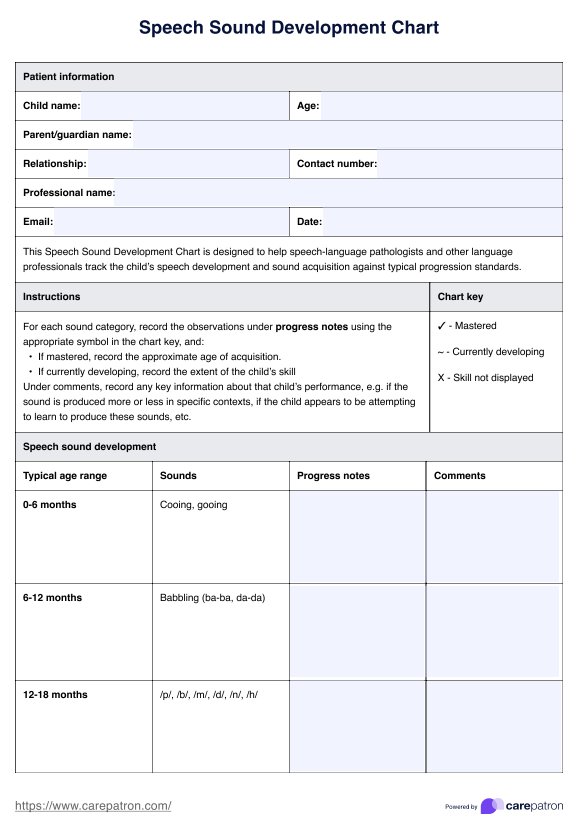
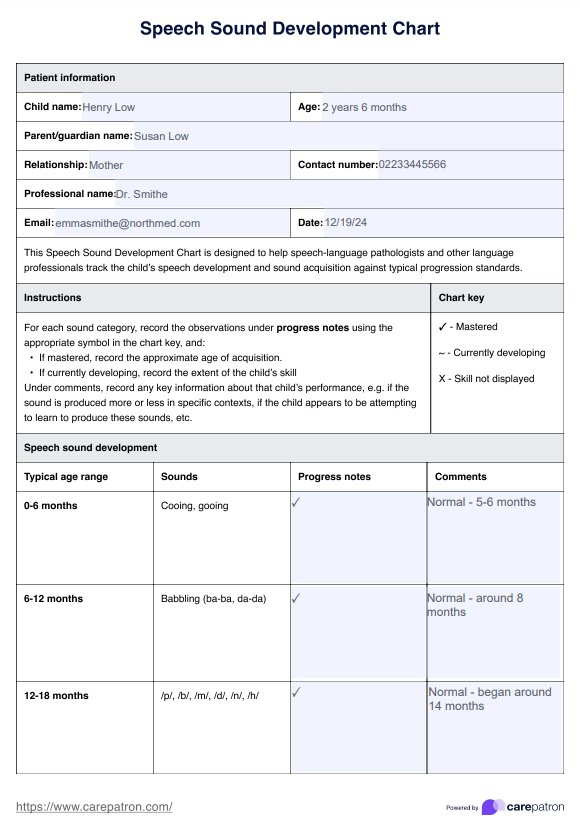

















-template.jpg)



















































































